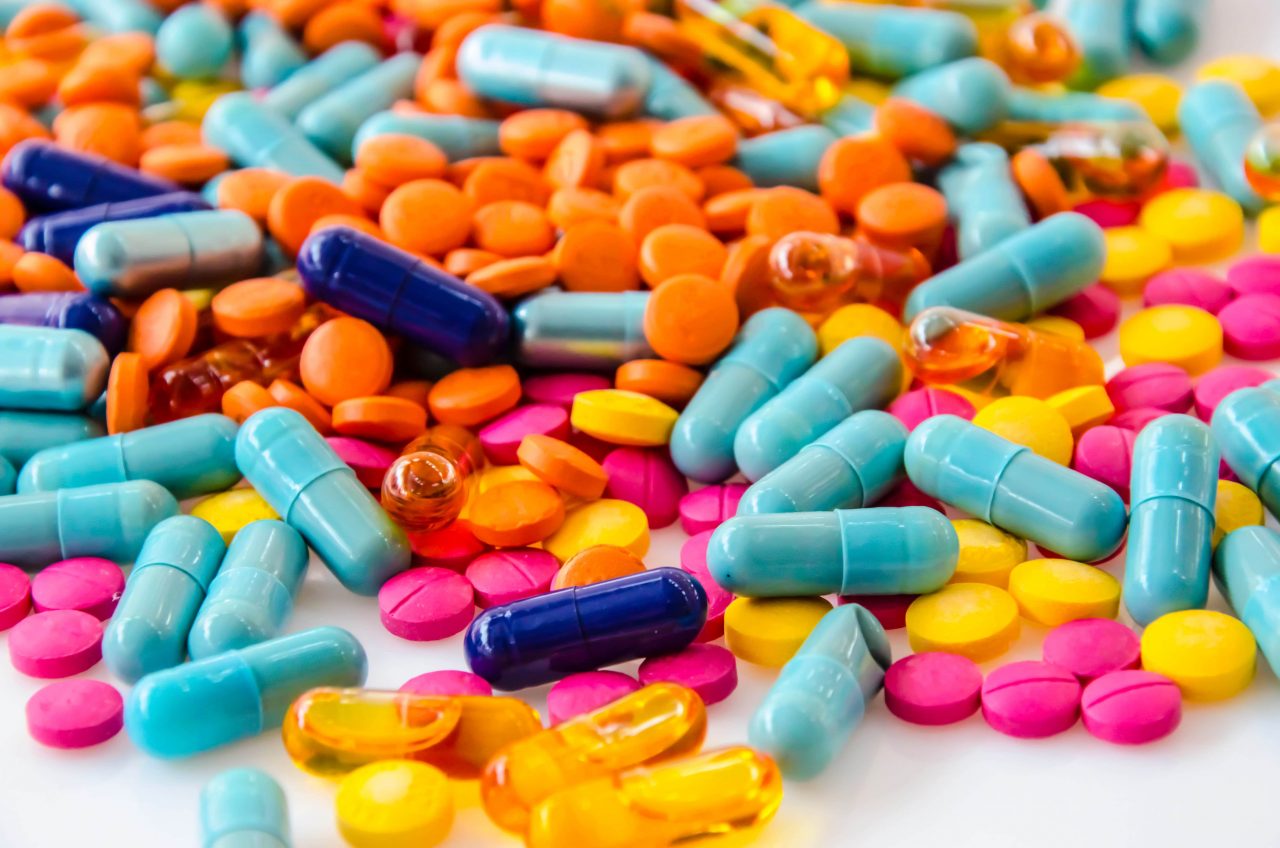What are Pharma colours?
While manufacturing medicines, a lot of additives are used along with Active Pharmaceutical Ingredients (API). One of the additives is mainly colour additives. Colour additives are pigments or dyes of natural or synthetic origin, which may be added to the medicine to give it a unique identity and make it looks more attractive.
Pharma colours are commonly used in tablets, hard gelatine capsules, soft gelatine capsules, ointments, syrups, or compressed tablets.
Why do we need to add colour to our medicines?
Although Pharma colours do not have any therapeutic or medicinal value, they form an essential part of our modern-day medicine.
Here are some reasons why:
- Identification for brands and medicines: Specific colours can help the consumers to differentiate between different brands. For people who are taking multiple medications, it can help them identify between different medicines.
- Appeal: Attractive colours can create a perception of a better quality product.
- Flavour profile: Customers taking flavoured medicines expect the colours of medicine to match the favour e.g. Red colour in a strawberry flavour syrup will be more appealing to the consumer.
- Catch counterfeits: The unique colour can help patients to differentiate between genuine products and counterfeits.
- Increase shelf life: The opaque coatings in some medicines can help protect them against sunlight and improve their stability.
Many varieties of pharma colours are available in the market but the correct pharma colour for any medicine depends on the type and its properties.
Various types of pharma colours are:
- Water-soluble colours: Dyes that completely dissolve in water e.g.- Quinoline Yellow, Allura Red.
- Pigments: Pigments that do not dissolve in water e.g. Iron Oxide.
- Organic dyes: These are chemically synthesized solvent-soluble dyes that are recommended for deeper colour e.g. Azo dyes.
- Inorganic mineral colours: These are mineral-based pigments, like Titanium oxide.
- Lake: Lakes are aluminum salts of water-soluble dyes. They differ from dyes because they are insoluble and are given colour by dispersed particles e.g. Red 40 aluminum Lake.
- Natural Plant and animal-based colours: These are mostly obtained from plants and animals and are most compatible with human consumption. Their colour intensity is usually lower as compared to others. Common examples – Curcumin, Cochineal, etc.
The major concern for consumers remains whether pharma dyes are safe. How do you ensure that only quality products are used in medicines?
To ensure the health and safety of consumers, the US FDA has created some parameters and guidelines for the use of pharma dyes. Any pigment or dye that needs to be added to any pharmaceutical product needs to be approved by the respective regulatory body.
The US FDA evaluates any dye, pigment, or lake on some basic parameters and only then approves their use. The criterion of evaluation takes into account:
- The long-term and short-term effects of consuming the dye on the body.
- The composition and properties of the dye being used.
- Manufacturing process followed
- Stability of the dye
- Quantity expected to be consumed
- The ability of the dye to react to the medicine
How can we see which dye is used in our medicine?
All licensed medicines are required to share their composition. The composition contains the detail of the colourant used in the medicine.
What sets us apart?
We at Neelikon Global colours have been manufacturing pharma colours and food dyes and pigments for more than 40 years.
We have stringent protocols in place for using the best quality raw materials and following a seamless manufacturing process.
To know more about pharma colours, pigments and dyes, write to us at info@neelikon.com.


